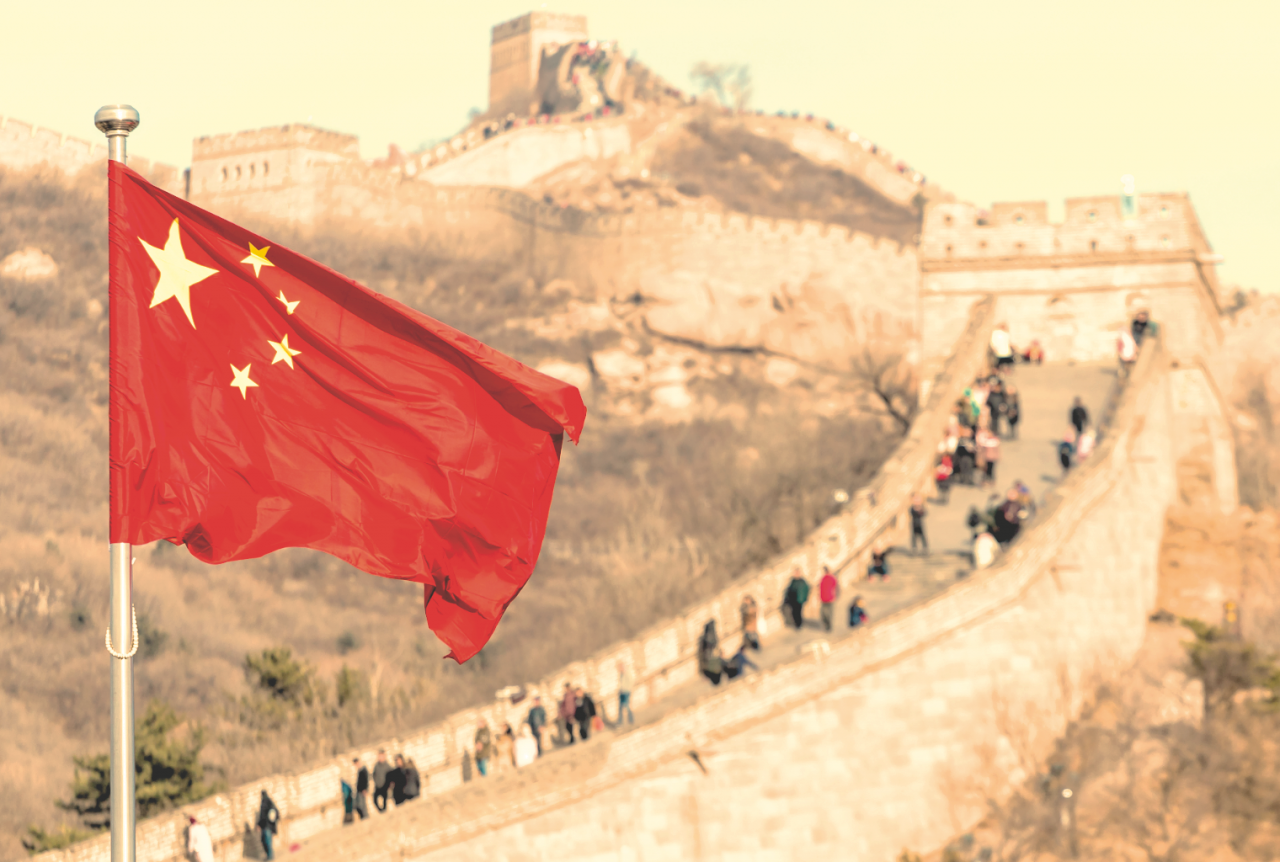
By George McDonaugh, Co-Founder and Managing Director of cryptocurrency and blockchain investment firm KR1
Jeremy Bentham, an 18th century Philosopher and social theorist envisaged a building designed to allow all prisoners of an institution to be observed by a single security guard. It was called a Panopticon and in today’s world, the equivalent won’t be made out of bricks and mortar, it will be digital, the emergent property of a swathe of various technologies welded together by a regime intent on total control of billions of minds. One of those technologies, will be a new ‘cryptocurrency’ called DCEP which stands for Digital Currency Electronic Payments.
Rumour has it the PBOC will soon unveil this new sovereign stablecoin in a range of new pilots led by the country’s commercial banks. I strongly suspect, DCEP will be the exact opposite of every feature of Bitcoin. It won’t be public, transparent, permissionless, global or censorship-resistant. It will be identical to the system they have now, except with added stronger surveillance controls. When put in context alongside China’s upcoming social credit system, the government’s near-total dominance of their private sector and the sheer power of our world’s current surveillance technology, it’s beginning to look like this ‘cryptocurrency’ could be the final chapter in bringing about near-total state-led control of the world’s most populated country.
Let’s bypass a long and drawn out conversation about love and duty and simply acknowledge that, for the most part, money is the ultimate motivator in our world. It’s the reason why most of us do what we do, and if you control the money you control humans. Satoshi Nakamoto designed Bitcoin to operate without any centralised authority, including that of nation-states. A key element to the system Satoshi devised, aka ‘the blockchain’ is the network from which an immutable public ledger of who owns bitcoins emerges and at the same time provides the ability to transfer them in a trustless way around the globe. It’s the first money we’ve ever created, that no single entity controls. It is, I’d argue, one of our greatest inventions because it literally gives people back control, a choice, a potential exit from a centralised system that seeks ever more control in all aspects of our lives. Currently, however, with every easy tap-tap of a credit card, very few people actually understand this will one day become the most important aspect of cryptocurrencies.
It would be an extraordinary feat of misdirection if the PBOC manage to convince its populace that they’re getting anything that remotely resembles a decentralised cryptocurrency. But the lines are blurry, China is already digital when it comes to cash with 600 million people using Alipay alone, not to mention all the other methods on offer. So why produce a new system when everything seems to be working just fine?
The Two Theories
Here are two theories, firstly they will be able to displace their own retail banks and mobile payment providers, effectively joining the retail population to the state-controlled commercial banks with nothing more than a smartphone. This is potentially beneficial because currently billions in value is locked up in dormant mobile payment accounts hosted by third-party payment providers like Alipay or Tencent. According to PBOC data, 1.29 trillion Yuan rests in such accounts and with banks creaking under the weight of their deposit to loan ratios, channelling money back into the banks is of utmost importance. Further, the ‘coin’ is most likely to be a digital version of the Yuan in order to boost its circulation and draw attention away from the more established and decentralised cryptocurrencies.
Secondly, this new system will most likely give the government real-time access to a treasure trove of payment and location information that can be more efficiently cross-referenced with their wider surveillance operations and with it inform not only their citizen credit score scheme, but potentially allow the unparalleled freedom to intercept, block, and reduce holder’s accounts without any form of transparent process. This is conjecture of course, but as yet we don’t know how user keys are created, managed or stored and this will be the main area to dissect to work out how ominous the PBOC coin really is. With Bitcoin, if you’re the sole owner of a private key, the value held within it is entirely under the owner’s control.
Facebook’s Libra project was clearly the catalyst for recent reports coming from within China on how far along their system is. Further, it came out that the weight of the US dollar in Libra’s basket of assets would be most under scrutiny by Chinese officials, as once again the power play between opposing nation-states’ currencies continues to rear its head. Bitcoin’s greatest feature is that it isn’t another state’s money; a conversation for another time perhaps.
True to form there seem to be some borrowed ideas from Libra, the PBOC have confirmed that they will have private companies as partners. But this will no doubt be a veneer, as I expect the PBOC will distribute their own wallet technology, have control over every aspect of its operation and further, the largest private companies in China have the state as their largest shareholder. All roads, unfortunately, lead in one direction over the other side of the firewall. The only hope is that the population nod submissively, download their panopticoin wallets and then just carry on stacking up the Bitcoins, as data currently shows they’re doing in abundance.
Read More:
how to handle online loan harassment
draw regrassion channel indicator for mt4
bulls and bears indicator fot mt4
Tradersdna is a leading digital and social media platform for traders and investors. Tradersdna offers premiere resources for trading and investing education, digital resources for personal finance, market analysis and free trading guides. More about TradersDNA Features: What Does It Take to Become an Aggressive Trader? | Everything You Need to Know About White Label Trading Software | Advantages of Automated Forex Trading




































